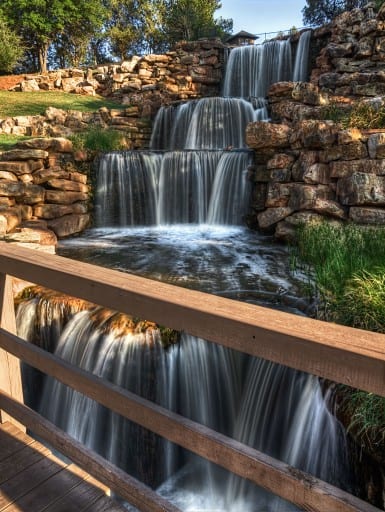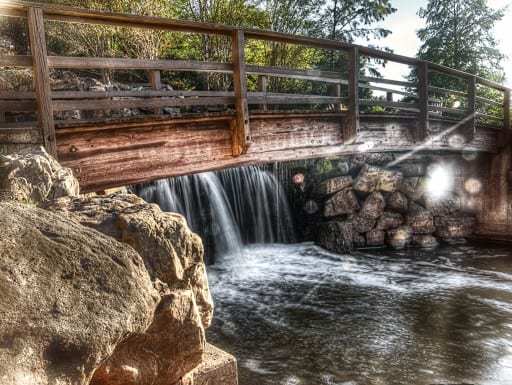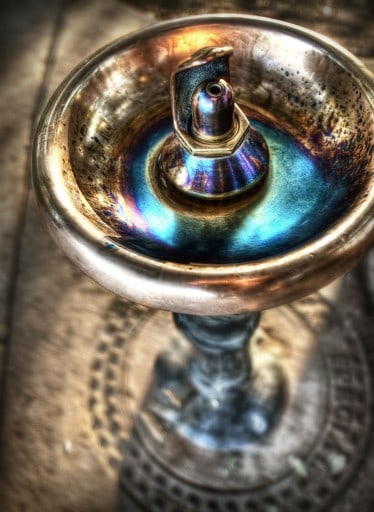 I recently took a road trip out to Wichita Falls Texas for work. I had been there before, before I was a photographer, and I hated it. Now going back 10 years later, I actually enjoyed myself a bit. One thing I have realized is that photography makes any place better. I believe you can always find something to shoot anywhere, after going back to Wichita Falls I am an even more firm believer! It is not that Wichita Falls is a bad place, there is just not a whole lot to do unless you go looking for it with a camera.
I recently took a road trip out to Wichita Falls Texas for work. I had been there before, before I was a photographer, and I hated it. Now going back 10 years later, I actually enjoyed myself a bit. One thing I have realized is that photography makes any place better. I believe you can always find something to shoot anywhere, after going back to Wichita Falls I am an even more firm believer! It is not that Wichita Falls is a bad place, there is just not a whole lot to do unless you go looking for it with a camera.
 I went to the Falls, what Wichita Falls was named after, and took a bunch of shots. I teach Beginning Digital Photography at a local Adult Education Center and one of my most asked questions, “How do you make water slow down?” I never really had a good example until now. Wichita Falls has a rather large waterfall display that used to be a natural site, however a natural disaster wiped it out so they put in this incredible man made fall that was donated by Niagra Falls, New York, pretty cool huh? See I told you, you can always find something cool about any town with your camera!
I went to the Falls, what Wichita Falls was named after, and took a bunch of shots. I teach Beginning Digital Photography at a local Adult Education Center and one of my most asked questions, “How do you make water slow down?” I never really had a good example until now. Wichita Falls has a rather large waterfall display that used to be a natural site, however a natural disaster wiped it out so they put in this incredible man made fall that was donated by Niagra Falls, New York, pretty cool huh? See I told you, you can always find something cool about any town with your camera!
Waterfall Photography Tips:
Shooting waterfalls and moving water is much easier than you think. It doesn’t take a Nikon D 46,000 or a Canon EOS 30 Mark Alpha Bravo to make a great waterfall picture. It is all about the in camera settings, once you grasp the idea it is pretty easy. The question raised is, “How do you slow water down” but in actuality the water is moving at the same speed, the effect comes from the speed at which you record the water. Let’s go through the tips and then I’ll show you some examples.
There are several ways to set your camera up for waterfall or water stream photography, I like this setup:
- Put your camera on Aperture Priority mode.
- Place your camera on a tripod.
- If you have a shutter release, it might be a good idea to use it!
- I try to keep my ISO at 100 or the lowest possible to keep the recording speed as slow as possible. This will also help to reduce the noise in the final image.
So how do you know what Aperture to use to to reduce the shutter speed?
- Apertures f/3.5 or lower will generally speaking, capture the waterfall as fast as possible. These apertures will force the camera to use fast shutter speeds and will catch the waterfall action pretty quickly. The water falling will appear as if it is caught in motion. Keep in mind your depth of field will be very narrow at low apertures so you may see some bokeh in the lower apertures that will not exist in the higher ones.
- Apertures between f/5.0 and f/10.0 are generally mid range apertures. They will capture the waterfall at a moderate speed. These apertures will force the camera to capture the water a bit slower than f/3.5 or lower, therefore you will start to see some streaks in the water.
- Apertures between f/11 and higher are very small apertures. They will force the camera to capture the image at much slower shutter speeds in order to get an accurately exposed picture. Due to the slow shutter speeds, the water will appear like silky-misty streams. Keep in mind your depth of field will be wide open at higher apertures, your chances of bokeh will be pretty slim, you may need to add that in post i it is an effect you desire.
- So what is actually happening here? In aperture priority mode you are telling your camera how wide the opening of the lens should be to capture the image, the camera is then deciding the appropriate shutter speed to capture the image. The wider the aperture (i.e f/2.8) the faster the image will be captured. The smaller the aperture (i.e f/22) the slower the image will be captured. The camera will need to let more light in the hole (aperture) of the lens to capture the image at the proper exposure.
- You can also shoot in Shutter Priority Mode as well. You can tell the camera what shutter speed you want to use to capture the image and the camera will select the appropriate Aperture. I feel I do not have as much control with Shutter Priority and therefore prefer Aperture Priority. Your personal preference may differ.
- You can also add a Neutral Density Filter to your lens. This acts like a pair of sunglasses on the front of your forcing the camera to record the image even slower making the water appear even more surreal.
Take a look at the examples below, look at the aperture used and the shutter speed at which the camera captured the image.
[important] The shutter speed for the given aperture will be variable depending on the light in the environment. I was shooting just before sunset in the shade, the shutter speeds for all of the above images would be considerably faster in the mid afternoon and much slower at night.[/important]
Tips for Waterfalls While Shooting For HDR
I shoot waterfalls for HDR the same I would any other scene. I shoot the 5 brackets of the waterfall, even though the shutter speed changes for each exposure Photomatix will still use the 0EV shot as the base. You can then do some selective de-ghosting if need be just before the tone mapping phase.











Beautiful set, the bridge picture is especially nice.
Thanks Perry, It was very difficult to incorporte the bridge due to the horrible landscape angle. I was really wishing I had about another 2 mm on my wide end for that one!
Great Work …If you are taking picture of waterfall then you should know about:
1. Shutter speed to freeze the water, or
2. Slow it down enough to bring in a blurred milky effect.
Very true, but I prefer aperture priority to keep my exposure in range. If I choose a shutter of say 20 seconds my camara will choose f/22 as the aperture, but it will more than likely be over exposed especially with the light I was working with on that day. I prefer shutter priority if I am flash mounted or shooting sports.
hi Blake,
nice images. when shooting waterfalls I tend to struggle with metering even in aperture priority. any advice would be greatly appreciated.
Thanks Frank, I usually set mine to average meter with Waterfalls. I don’t want the fall itself to be blown out, nor do I want the area around it to be too dark, an average meter usually works the best for me.
many thanks Blake. I’ll give it a try.
Play with the aperture settings. Take a number of photos of the same subject with different settings to see how it affects the look of the final photo. Bigger f-stops allow you to get an entire landscape in focus, while a smaller f-stop will draw attention only to the center of your frame.
How did you get even the close object in focus without blurring the waterfall, bridge?
It was taken with a very narrow aperture, f/22. That forces the camera to take longer to record the image as the hole of the aperture is smaller. With a narrow aperture everything in the scene becomes more in focus. That is called Depth of Field. The narrower the aperture (like f/22) the larger the depth of field, meaning more stuff comes into focus. The wider the aperture (like f/2.8) means the camera takes less time to record the scene making a quick snap of whatever you are focused on making everything else out of focus.
i wate for dull days with no sun i use m mode set my fstop to f22 meter of a green leaf in the same light as my waterfall then under exspose by around half a stop it works every time for me